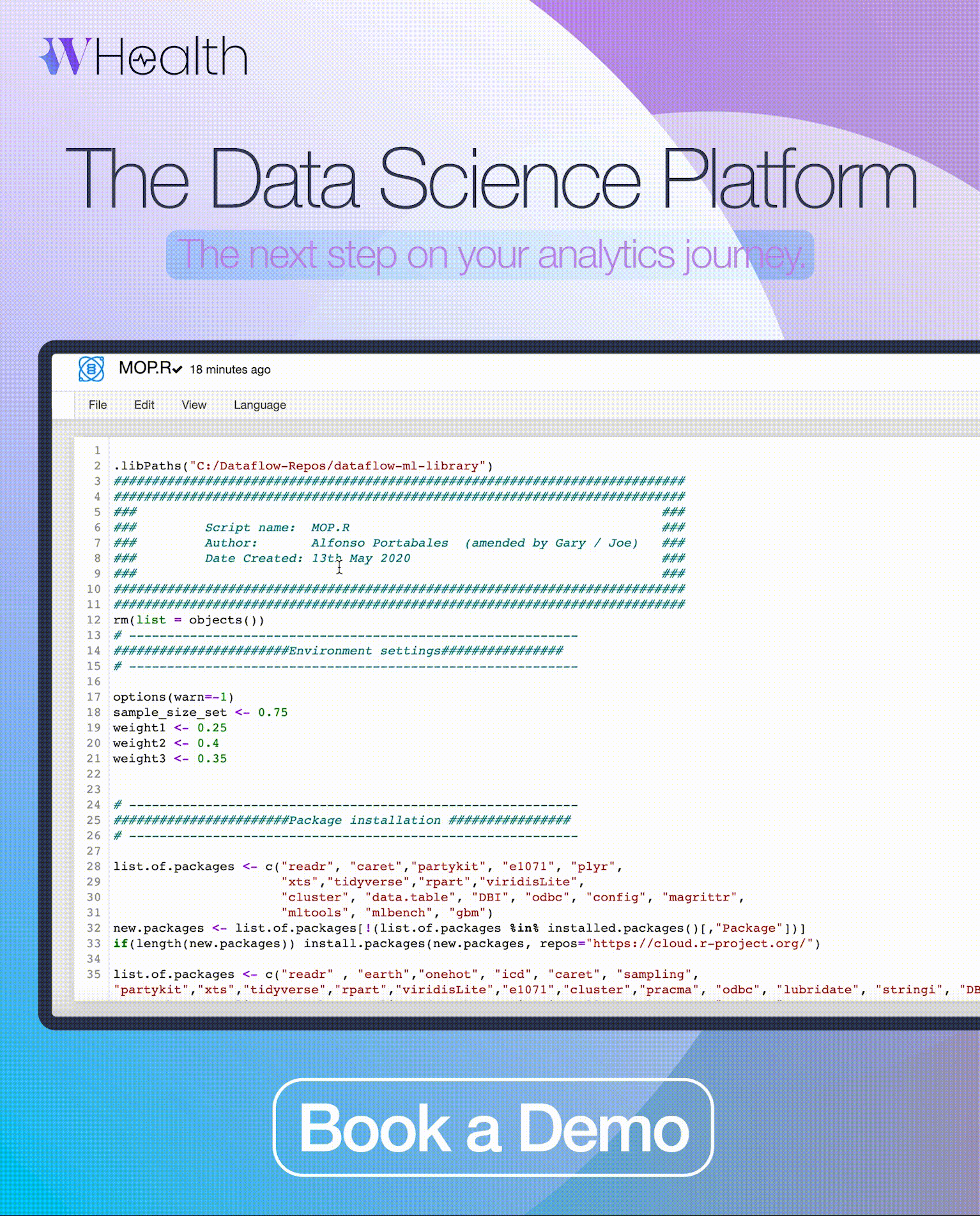Algorithms dominate many fields, from communications to business, and even lawmaking. In a new development, an unsupervised machine learning algorithm has been implemented to thoroughly study behaviour.
Eric Yttri, assistant professor of biological sciences and Neuroscience Institute faculty at Carnegie Mellon University, and Alex Hsu, a biological sciences PhD candidate in his lab, have recently released a paper on the B-SOiD (Behavioural segmentation of open field in DeepLabCut) tool. This study, published in Nature Communication explains how the unsupervised machine learning algorithm they have developed will become an indispensable tool for behavioural scientists moving forward.
Behavioural neuroscientists such as Yttri closely study the brain’s reaction to animal actions such as walking, eating, or sniffing, which aids in research on neurological problems such as strokes and Parkison’s disease.
Funded by grants from the Whitehall Foundation and the Ewing Marion Kauffman Foundation, B-SOiD was created to be user friendly and is accessible to any researcher that requires it. In a bid to further democratise research, both the code for the tool and the paper are open source, benefitting laboratories worldwide.
Yttri said that the best way to understand the brain is to watch how organisms interact with the world, and ‘behaviour drives everything we do’. This sentiment is exactly why B-SOiD is so significant.
Automation of taxing observation
Although monitoring animal actions may sound straightforward and simple, in reality, it is quite the contrary – identifying and predicting the minuscule nuances that make up these bodily functions is arduous to say the least.
Prior to the B-SOiD tool, capturing animal behaviour involved tracking very straightforward actions, such as paying attention to when or whether an animal ate the food that was provided, or interacted with levers and buttons. Another method was to meticulously and manually identify behaviour, frame by frame from a video recording. As this footage lacked in detail, biases and human errors could cloud the validity of the data.
The paper explains that ‘these behavioral and kinematic measures are difficult but critical to obtain, particularly in the study of rodent and other models of pain, OCD, and movement disorders’.
After going through this onerous process, Hsu came to a realisation that a tool harnessing the power of learning algorithms could take over, and do a more accurate job. From this, the B-SOiD was created.
The algorithm maps behaviours by identifying patterns in the position of an animal’s body, utilising computer vision software to do so. With this, scientists no longer need to go frame-by-frame identifying behaviour – B-SOiD does it for them. Alex Hsu explained:
‘It uses an equation to consistently determine when a behavior starts. Once you reach that threshold, the behavior is identified, every time. A human experimenter might toggle between two frames or several categories, try to decide where behavior begins and become fatigued over time’.
Removing user bias and time cost, Yttri assured that they can ‘accurately process hours of data in a matter of minutes’. These new freedoms open up a whole new world of research possibilities.
Why is this important?
As animal behaviour studies provide a point of generalisation or at least insight into human behaviour, such investigations are integral in creating a better quality of life for individuals. This is about harnessing information to yield the most optimised and healthy way of living, as much as it is about understanding neurological conditions.
Yttri’s lab, along with its collaborators have used it in research involving impactful, pressing domains, such as inquiries into chronic pain and obsessive compulsive disorder. B-SOiD has also aided in tracking human movement in an early Parkinson’s disease study.
Many scientists believe that algorithms are the future of decision-making, and the future could hold ones that choose daily actions such as what we eat, or our social lives, ‘nudging us to more virtuous choices’. Behavioural science will be used to inform this, and studies using technologies such as B-SOiD will be crucial in scalable experiments.
Yttri hopes that this may be employed as ‘part of an objective test by a doctor to show how far a patient’s disease has progressed’. The automation of behavioural studies means that potentially, identifying the severity of disorders has become near-instantaneous. He adds that ‘the hope is that a patient anywhere in the world would be diagnosed with one standardized metric’.
Targeted healthcare will become the norm. Instead of the one-size-fits-all method of treatment, personal metrics will be used, increasing accuracy and efficacy.
Conclusion
B-SOiD has revolutionised behavioural studies as the realm which was previously measured by subjective and tenuous observation has now become more data-driven and expeditious.
As we look to algorithms to automate repetitive tasks, the investigations that were previously too laborious to perform have become increasingly feasible. Of course, questions of algorithmic bias and cybersecurity must be accounted for, especially in consumer healthcare.
However, laboratory tools such as B-SOiD show promise in the research and development sector and may drive public health to near-perfection, enduring as a beacon of hope with long-time sufferers of neurological conditions.
About the Author: Shadine Taufik
Shadine Taufik is a contributing Features writer with expertise in digital sociology and culture, philosophy of technology, and computational creativity.
Recommended for you

Antidepressant Prescribing at Six-Year High
More people are taking antidepressants than ever. Is this a dark sign of the times or an indication that mental health stigma is changing?

Can AI be Used to Determine Cancer Recurrence?
When cancer patients go into remission, they often worry about it coming back. AI can now help identify those at risk of cancer recurrence.

Pegasus – Still a Threat to the UK?
The notorious Pegasus spyware has been misused to exploit vulnerabilities in devices, even those kept within the walls of Number 10.
Trending

Drug Decriminalisation: Could the UK Follow Portugal?
Portugal’s drug decriminalisation has reduced drug deaths and made people feel safe seeking support. Would the UK ever follow suit?

Calling All Unvaccinated UK Adults
With Covid cases rising, the NHS is urging the 3 million UK adults who remain unvaccinated to come forward.




